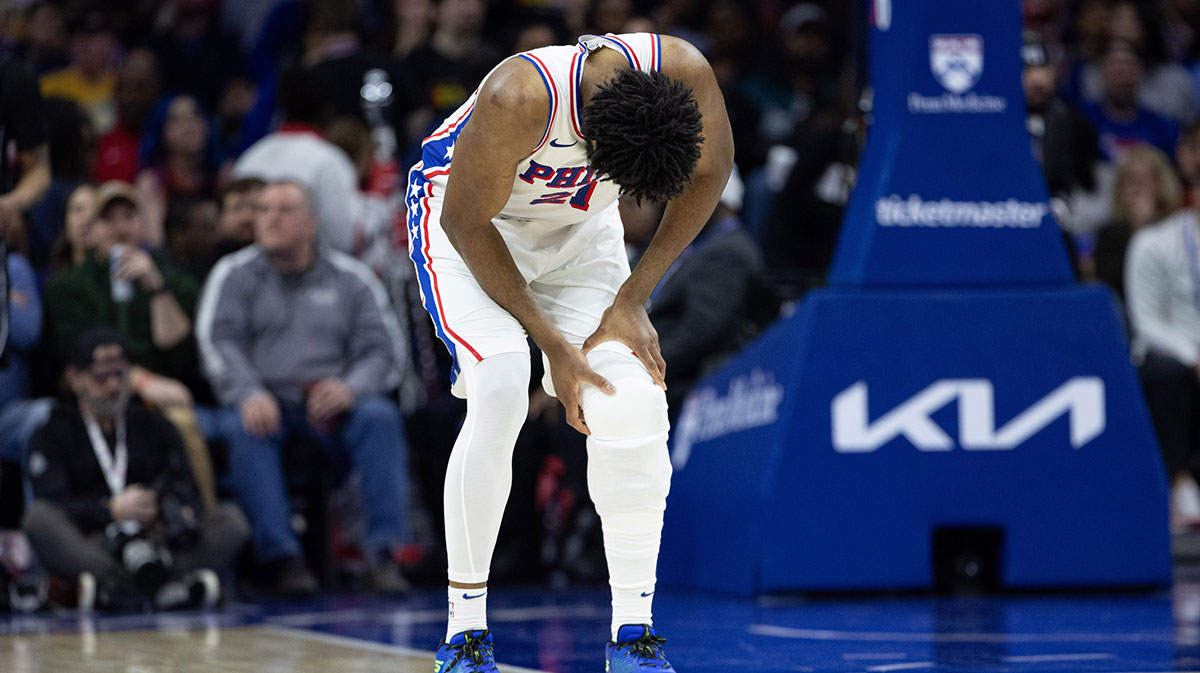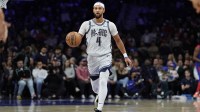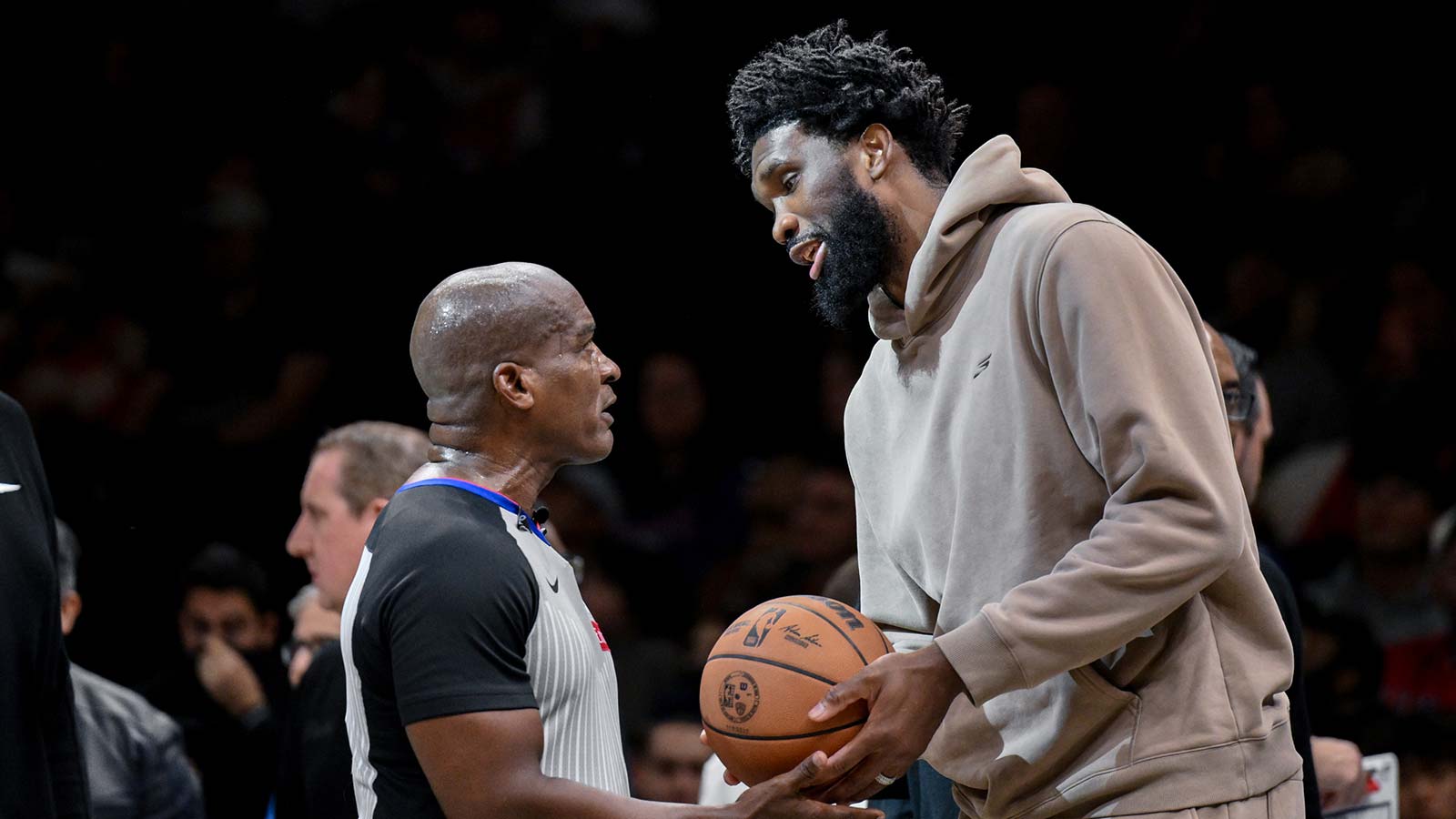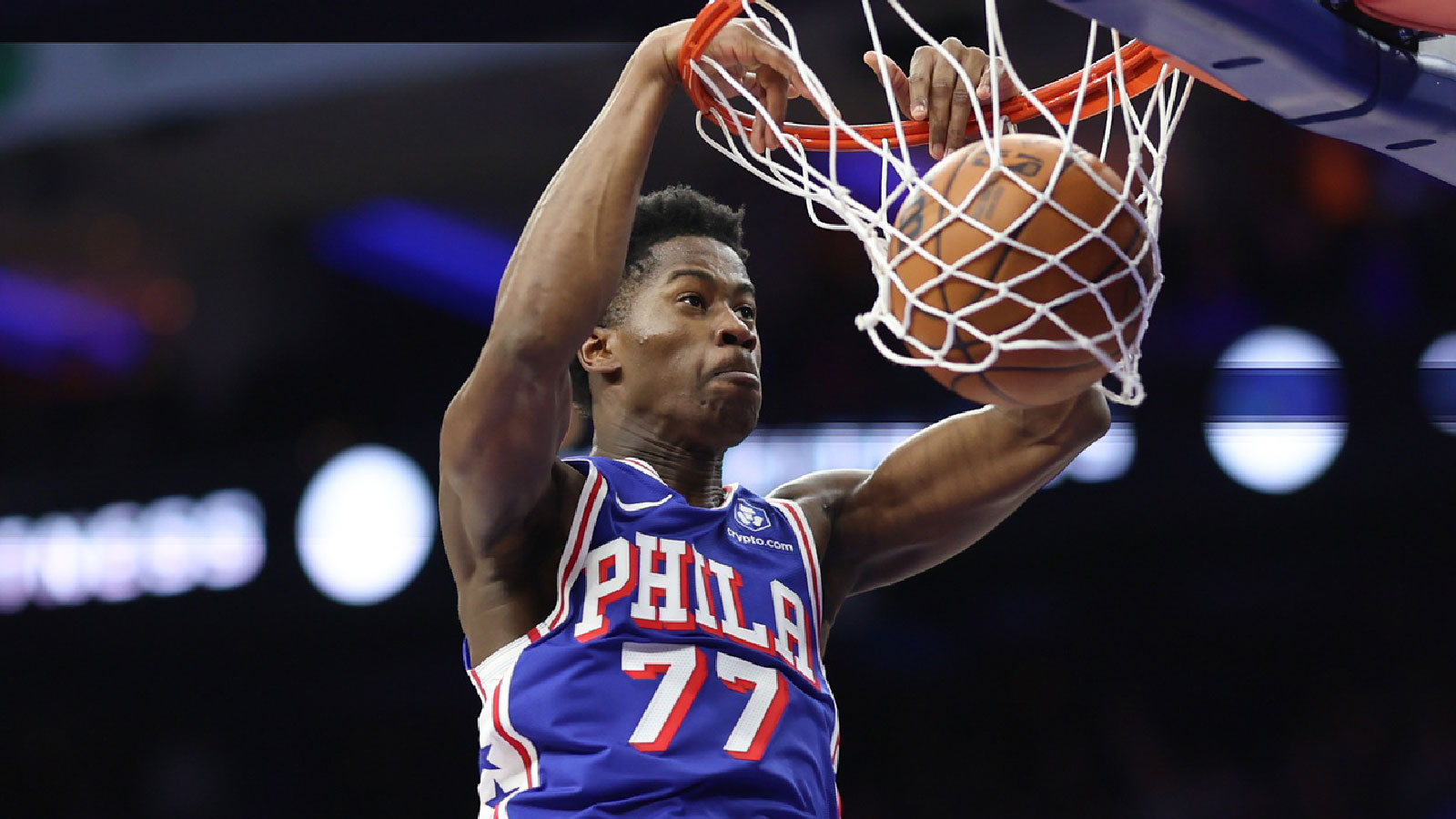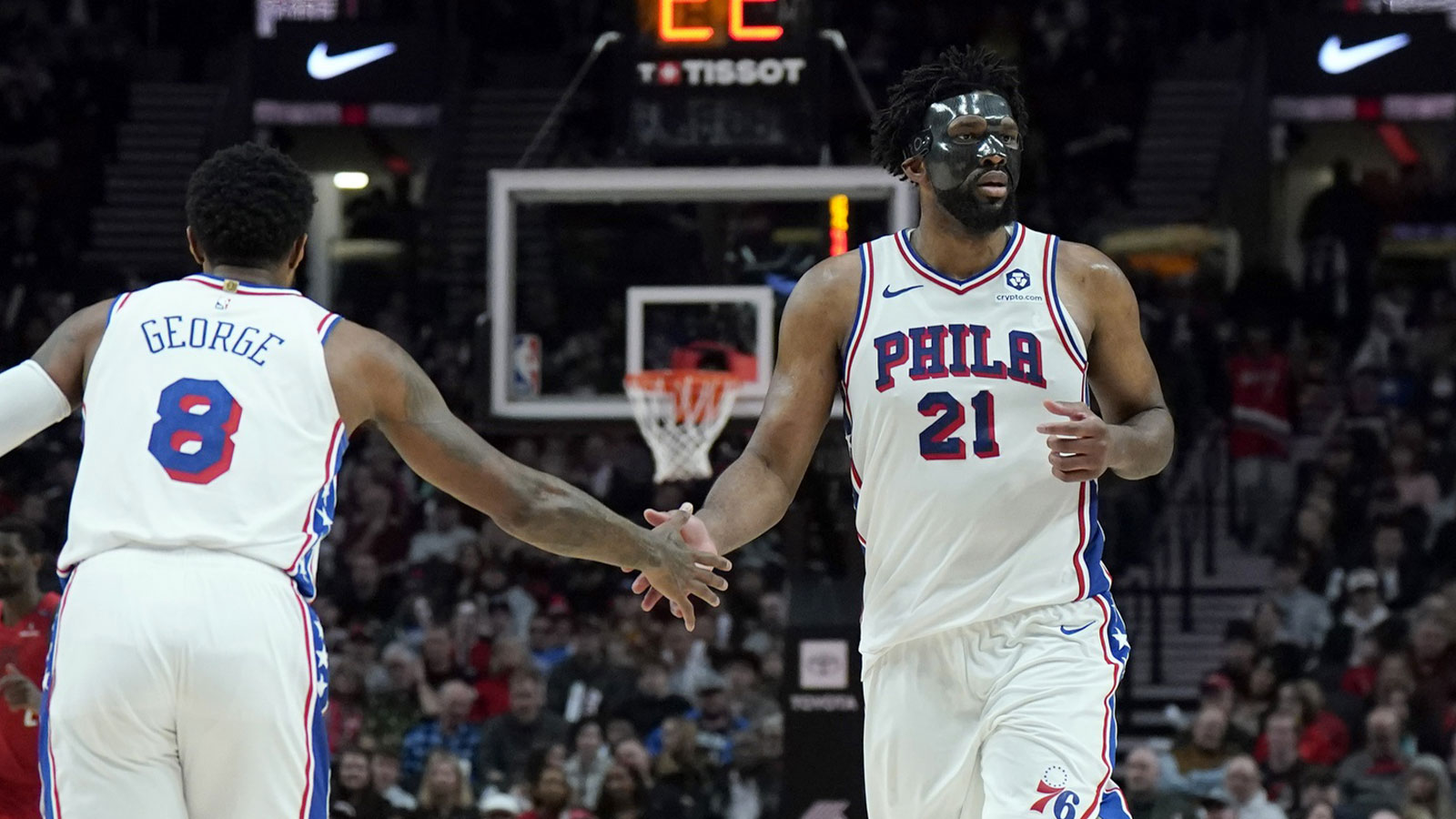The Philadelphia 76ers enter the 2025-26 season knowing that their postseason form needs to change, and once again, a lot depends upon Joel Embiid’s fitness. Currently recovering from offseason knee surgery, Embiid has opened the season with a strict minutes restriction and currently plays around 25 minutes per game.
However, the minutes restriction apart, Embiid’s reduced mobility has also led to concern from fans, including former teammate Lou Williams, who first pointed out the pros.
“The pros are he knows he is on limited minutes, so he is very aggressive in his limited minutes knowing he is gonna play in 4-5 minute stints. So he is giving you what he can give you as Joel Embiid, and that’s his ability to score at every spot at the floor in the halfcourt,” he said, per a video posted on X by ClutchPoints.
"I don't know how sustainable this will be for the 76ers."
Lou Williams is concerned with Joel Embiid's mobility for the Sixers' season 🗣️
(via @RunItBackFDTV)pic.twitter.com/gI0gwGzwCK
— ClutchPoints (@ClutchPoints) November 5, 2025
However, the cons require more analysis, with the 76ers looking far off from a contender with Embiid in his current state.
Lou Williams is concerned about Embiid and the 76ers
“Even on the defensive end, he can’t slide on his feet … he cannot come out and contest. It’s like, something isn’t right. His knee isn’t right. His knee isn’t giving him that speed that we are used to seeing him. … He just doesn’t have that mobility that we are used to Joel Embiid having,” Williams said, before speaking on the long-term implications of Embiid’s current state.
“Again, when we get to half court, he is settling for jump shots because he cannot make a lot of moves. I don’t know how sustainable this is going to be for the 76ers… But I don’t know what happens if he can’t get that knee to that level that he wants it to be,” Williams recently concluded.
At the same time, the 76ers have quietly shifted their franchise axis. Guards Tyrese Maxey and Quentin Grimes, plus rookie VJ Edgecombe, have emerged as a reliable backcourt core without relying exclusively on Embiid. Maxey, previously the Most Improved Player and an All-Star, has produced 40-plus point games early in the season and made a leap into star territory.
Grimes and Edgecombe offer two-way value and floor spacing that mitigate Embiid’s diminished mobility. The 76ers’ internal logic appears to be: we can contend or build competitively without having Embiid as the fulcrum.
However, there is little doubt that it will happen this season. Further, with plenty of concern lingering over whether Embiid can actually produce dominant campaigns like before, a potential recalibration may not just be on the cards, it may be a necessity.
Unless things change as the season progresses, the 76ers must accept that he is now a high-risk, limited minutes weapon rather than a full-time anchor. If your franchise's big man is no longer a defensive force and cannot log heavy minutes, your title window closes unless you adapt radically.
Of course, Embiid still has elite scoring ability when healthy and active. His 20-point outing in a 20-minute stint shows he can deliver bursts when used properly.
But in today’s league, where teams run, switch and blitz pick-and-rolls, his lack of lateral mobility, limited minutes and reduced rim presence hamper the team’s ceiling. The 76ers face a stark pivot point: continue investing in a version of Embiid who can only play minutes here and there, or transition fully into a new identity centered on their backcourt and younger pieces.
If the knee never regains full health, the latter path becomes urgent.

